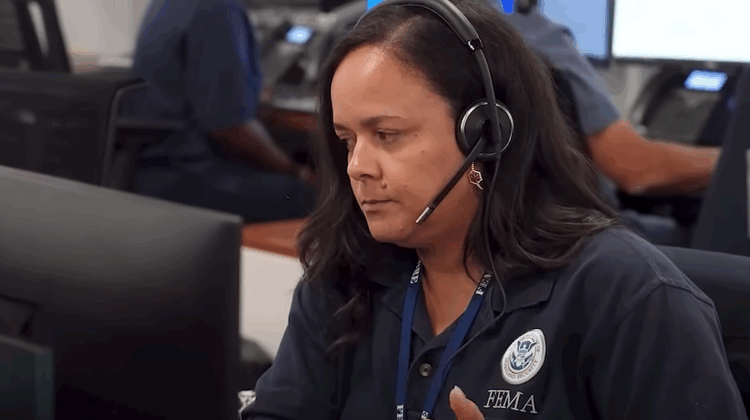
“You had one job,” is often the refrain after a natural disaster. And FEMA is terrible at post-disaster responses. Unlike the Red Cross, it doesn’t even have the excuse that its only real purpose is fundraising off disasters while doing nothing about them.
But FEMA’s primary role is in theory disaster preparedness. It wasn’t much good at that even before the mandate of pushing global warming into everything skewed its predictions, recommendations and warnings so badly as to make them mostly useless.
After the Texas floods, liberals rushed to blame Trump administration cuts for the disaster. The plan to shutter FEMA was an immediate target, but as even the New York Times shows, FEMA was the problem, not the solution.
In the years before floodwaters killed more than two dozen people at Camp Mystic in Texas, regulators approved a series of appeals that removed many of the camp’s buildings from official federal flood zones, records show…
In a statement, FEMA said that the flood maps “are not predictions of where it will flood” and cautioned people not to assume that properties located outside a FEMA flood zone would be safe from flooding.
“Flood maps are snapshots in time designed to show minimum standards for floodplain management and the highest risk areas for flood insurance,” the agency wrote. “Floods don’t follow lines on a map.”
That of course is true. Floods don’t follow a map. So how much use are the maps? And how much use is FEMA?